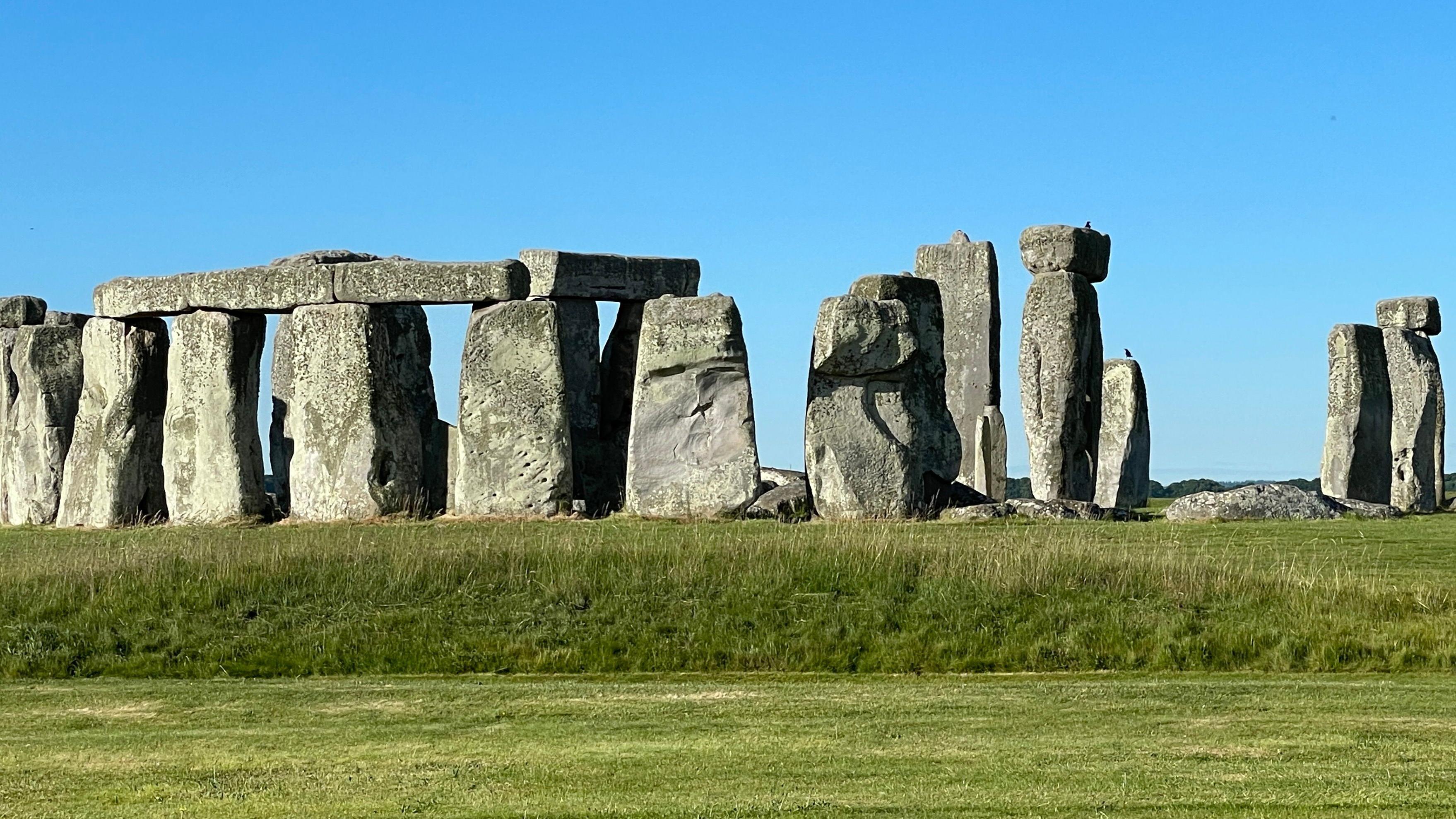
New research suggests that Stonehenge may have been constructed with the intent of unifying people in ancient Britain.
.
The lead author of the research - Prof Mike Parker Pearson from the UCL Institute of Archaeology - explained that the stones originating from various regions in the country make this site "one-of-a-kind among more than 900 stone circles in Britain".
This study, published in Archaeology International, highlights the fact that the 43 bluestones found in Stonehenge originated from a location 140 miles (225 kilometers) away, specifically in Wales.
Dr. Parker Pearson stated: "We've long recognized that individuals arrived at Durrington Walls with their pigs and cattle for feasts, and it was discovered that nearly half of the individuals buried at Stonehenge had resided in locations other than the Salisbury Plain area.
The similarities in architecture and material culture between the Stonehenge area and northern Scotland are now more understandable.
There had been an earlier announcement that the six-tonne altar stone came from Scotland, possibly reaching the UK around 2500BC, about the time when Stonehenge underwent a major remodeling of its original form.
Co-author Professor Richard Bevins from Aberystwyth University investigated the geology stating: "Our research is akin to forensic science. We are a small team of earth scientists, each contributing their own specialized knowledge; this diverse combination of skills has enabled us to pinpoint the origins of the bluestones, and now the Altar Stone."
It is comparable in scale and location to the large, horizontal stones in the stone circles of northeast Scotland, where it originated.
This type of circle is exclusively found in that part of Scotland, so researchers speculate that there may have been close connections between the two regions.
The Welsh bluestones are believed to have been used for the initial construction of Stonehenge, yet evidence suggests increased interaction between Britain and Europe was involved in the second phase.
There is a wide array of theories about Stonehenge, ranging from a religious sanctuary to being an ancient astronomical observatory and solar calendar, but new research now sheds light on a potential political dimension.
Follow Wiltshire on Facebook , X and Instagram We invite you to share your story ideas with us via email or at the designated address. WhatsApp on 0800 313 4630 .